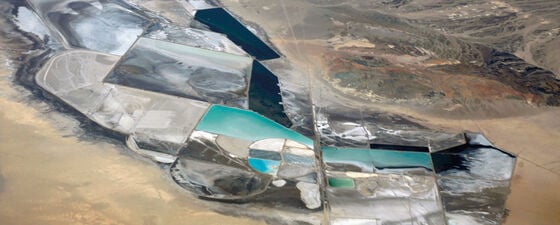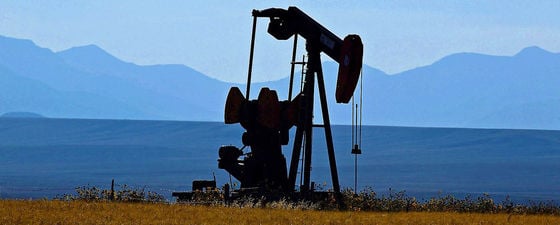There are several good reasons to believe in a higher oil price than the current less than US$50 a barrel.
The Norwegian continental shelf is still a world-class petroleum province. This was one of several messages given by Eirik Wærness, chief economist with Statoil and editor of Statoil’s yearly Energy Perspectives, to the attendees at the Recent Discoveries 2016 conference in Oslo in May.
Looking at conventional hydrocarbons discovered in the interval 2010–2015, Brazil ranks number one, far ahead of Mozambique in second place. The latter is, however, all about gas, while Brazil is predominantly rich in oil. Norway comes in at number six, just ahead of the US, and its increased reserves are dominated by oil. In fact, Norway, the US and Iraq have discovered approximately equal amounts of oil in the five-year period, with only Brazil adding larger oil reserves.
The reason for Norway’s relatively strong position has to do with, firstly, government incentives to increase the level of exploration activity, resulting in lots of seismic and a high number of wildcats and, secondly, a lack of exploration success in other countries, resulting in a world-wide decline in discoveries.
While the first technical discovery on the NCS was in 1967, it took another two years before a commercial discovery was made (Ekofisk). The last giant discovery was made in 2010 (Johan Sverdrup). (Source: npd.no)
The latter point was also mentioned by Nils-Henrik Bjurstrøm at Rystad Energy, referring to voluminous amounts of statistical data showing that the global oil industry is not able to replace reserves. There are simply too few sizable discoveries.
Wærness also pointed out that the low oil price will cause a substantial delay in a number of development projects around the globe, meaning that less oil will come to market in the years to come. Coupled with diminishing reserves, this may very well cause the oil price to rebound.
Jarand Rystad of Rystad Energy, who also gave a talk at the conference, gave a fairly bold prognosis, saying that the oil price may pass US$105 per barrel by 2020, the main reason being the low rate of new projects being sanctioned.
Rystad also bases his predictions on the development of shale oil production. He thinks it will not continue to grow as it has done the last five years and – maybe more importantly – he does not believe that geological provinces in other countries will turn out to be as prolific as the US sedimentary basins.
Overall, three of the speakers at the Recent Discoveries 2016 conference gave a very optimistic view of the future. Following the Paris agreement, they said there will be a strong demand for both of oil and gas, and, as Eirik Wærness concluded, “Oil is here to stay”
Advertisement




